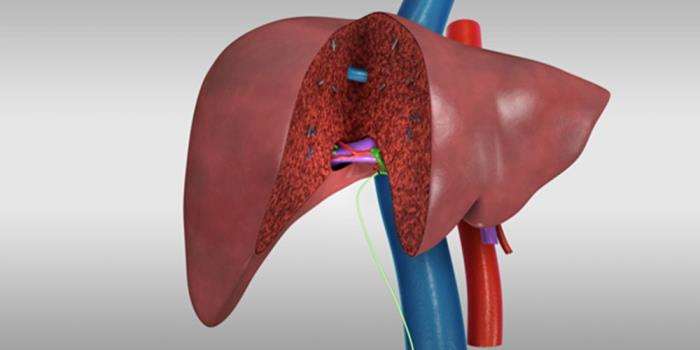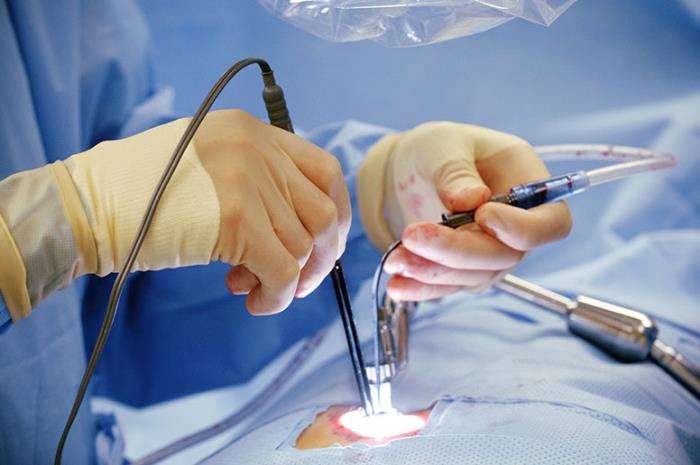Minimally invasive liver transplant techniques are emerging approaches that use smaller incisions and advanced technology, such as laparoscopic or robotic-assisted tools, to perform the transplant. These methods aim to reduce recovery time, minimize complications, and improve cosmetic outcomes while maintaining the effectiveness of the procedure.
The Evolution of Surgical Methods in Liver Transplantation
Liver transplantation has evolved from open surgery to the integration of minimally invasive techniques. Advances in imaging, surgical tools, and robotic systems have enabled surgeons to perform complex procedures with greater precision and reduced trauma, improving patient outcomes over time.
What Is Laparoscopic-Assisted Liver Transplantation?
Laparoscopic-assisted liver transplantation involves performing part of the surgery using a laparoscope—a thin, lighted tube with a camera—inserted through small incisions. This technique allows for detailed visualization and precise surgical intervention, reducing pain and scarring compared to traditional methods.

The Role of Robotic-Assisted Surgery in Liver Transplants
Robotic-assisted surgery utilizes robotic systems to enhance the surgeon’s dexterity, precision, and control during liver transplantation. These systems allow for intricate movements and improved access to difficult areas, making complex liver surgeries more feasible and less invasive.
Benefits of Minimally Invasive Techniques for Liver Transplant Patients
Minimally invasive techniques offer several benefits, including reduced post-operative pain, faster recovery times, shorter hospital stays, and lower risks of infection and complications. Patients also experience less scarring and a quicker return to daily activities compared to traditional open surgeries.
Comparing Traditional and Minimally Invasive Liver Transplant Methods
Traditional liver transplant involves a large incision and longer recovery periods, while minimally invasive methods use smaller incisions, resulting in quicker healing and fewer complications. However, not all patients are candidates for minimally invasive techniques, and traditional methods remain the standard for complex cases.
How Advanced Imaging Enhances Minimally Invasive Liver Surgery
Advanced imaging technologies, such as 3D imaging, intraoperative ultrasound, and CT scans, play a crucial role in minimally invasive liver surgery. These tools help surgeons visualize the liver and surrounding structures with high precision, enabling accurate planning and execution of the transplant with minimal disruption to healthy tissue.
The Use of 3D Printing in Pre-Surgical Planning for Liver Transplants
3D printing is revolutionizing liver transplant surgery by enabling surgeons to create patient-specific models of the liver and surrounding anatomy. These models provide a detailed view of vascular structures, bile ducts, and tumors, aiding in precise pre-surgical planning. This innovation enhances surgical accuracy, reduces operative time, and minimizes risks to both donors and recipients.
Innovations in Organ Preservation for Minimally Invasive Transplants
New methods of organ preservation, such as normothermic machine perfusion, are improving outcomes in liver transplantation. These techniques maintain the organ in a near-physiological state, reducing ischemic injury and extending the viable transplantation window. Such advancements are particularly beneficial for minimally invasive procedures, where precision and timing are critical.
Challenges in Adopting Minimally Invasive Techniques for Liver Transplants
The adoption of minimally invasive techniques, including laparoscopic and robotic-assisted surgeries, faces challenges such as high costs, the steep learning curve for surgeons, and limited availability of advanced equipment. Addressing these barriers requires investment in training programs, infrastructure, and ongoing research.
Reducing Post-Surgical Pain and Recovery Time with Advanced Techniques
Minimally invasive liver transplant techniques, characterized by smaller incisions and less tissue trauma, significantly reduce post-operative pain and recovery time. Patients experience fewer complications, such as infections and hernias, and benefit from faster resumption of daily activities.
Minimally Invasive Approaches for Living Donor Liver Transplants
Laparoscopic and robotic-assisted procedures are increasingly used in living donor liver transplants. These techniques enhance donor safety, minimize scarring, and reduce hospital stays. For recipients, minimally invasive approaches improve surgical outcomes and reduce the risk of complications.

The Role of AI and Machine Learning in Liver Transplant Surgery
AI and machine learning are transforming liver transplant surgery by providing predictive analytics for donor-recipient matching, automating image analysis, and assisting in real-time decision-making during procedures. These technologies improve precision and help surgeons identify potential complications early.
Innovations in Suture-Free and Stapling Technologies for Transplants
Advanced stapling devices and bioengineered materials are being developed to create suture-free anastomoses during liver transplants. These technologies reduce operating time, enhance vascular integrity, and lower the risk of post-surgical complications such as leaks or bleeding.
How Minimally Invasive Techniques Reduce Surgical Risks
Minimally invasive liver transplant techniques reduce risks by minimizing blood loss, lowering infection rates, and decreasing the chances of complications related to large incisions. This approach is particularly beneficial for patients with co-morbid conditions, improving overall surgical safety.
Training Surgeons for Robotic and Laparoscopic Liver Transplants
Specialized training programs and simulation-based learning are essential for equipping surgeons with the skills required for robotic and laparoscopic liver transplants. These initiatives enhance proficiency, ensure patient safety, and increase the availability of minimally invasive procedures worldwide.
Cost Implications of Minimally Invasive Liver Transplant Techniques
While the initial cost of minimally invasive liver transplant procedures may be higher due to advanced equipment and training requirements, these techniques often result in reduced hospital stays, fewer complications, and quicker recoveries, potentially lowering overall healthcare costs.
Patient Selection Criteria for Minimally Invasive Liver Transplants
Not all patients are suitable candidates for minimally invasive liver transplants. Criteria include the size and location of liver tumors, the extent of liver damage, and overall health status. Careful patient selection is crucial to ensure successful outcomes.
Long-Term Outcomes of Minimally Invasive Liver Transplant Surgery
Studies show that minimally invasive liver transplant techniques offer comparable, if not superior, long-term outcomes to traditional methods. Patients benefit from fewer complications, improved quality of life, and quicker integration into normal activities.
Risks and Complications of Liver Transplant Surgery
Understand the risks and complications of liver transplant surgery. This blog covers potential challenges such as organ rejection, infections, and long-term health issues, providing insights into their management for better outcomes.
The Role of Liver Transplant in Overcoming Liver Cancer
Explore the role of liver transplant in overcoming liver cancer. This blog highlights how liver transplantation can offer a curative treatment option for eligible patients with liver cancer, improving survival rates and quality of life.
The Future of Minimally Invasive Techniques in Liver Transplantation
The future of minimally invasive liver transplantation lies in advancements such as augmented reality, robotic systems with enhanced dexterity, and integration of AI for real-time guidance. These innovations promise to further improve surgical precision, reduce risks, and expand access to minimally invasive options.
Best Liver Transplant in India
The Best Liver Transplant in India provides life-saving treatment for patients with end-stage liver disease, offering advanced surgical techniques and comprehensive post-transplant care for successful recovery.
Best Liver Transplant Hospitals in India
The Best Liver Transplant Hospitals in India are equipped with cutting-edge technology and expert medical teams, ensuring top-notch care and optimal recovery for liver transplant patients.
Liver Transplant Cost in India
The Liver Transplant Cost in India offers an affordable solution for patients needing liver transplantation, ensuring access to world-class care at competitive pricing.
Best Liver Transplant Surgeons in India
The Best Liver Transplant Surgeons in India are highly skilled in performing liver transplants, providing precise surgeries and personalized care to ensure the best possible outcomes for their patients.
FAQ Section
1. What is minimally invasive liver transplant surgery?
Minimally invasive liver transplant surgery involves the use of laparoscopic or robotic-assisted techniques to perform the transplant through small incisions, reducing trauma to the body.
2. How does robotic-assisted liver transplantation work?
In robotic-assisted transplantation, surgeons use a robotic system to control surgical instruments with precision. This approach enhances visualization, dexterity, and access to complex anatomical areas.
3. What are the benefits of minimally invasive techniques over traditional methods?
Benefits include reduced blood loss, smaller scars, lower infection rates, quicker recovery times, and less post-operative pain.
4. Are minimally invasive liver transplants suitable for all patients?
Not all patients are suitable. Factors such as the complexity of the case, patient health, and the surgeon's expertise play a role in determining eligibility.
5. How does advanced imaging support minimally invasive surgeries?
Advanced imaging, including 3D reconstructions and real-time navigation, provides detailed anatomical insights, allowing surgeons to plan and execute procedures with greater precision.